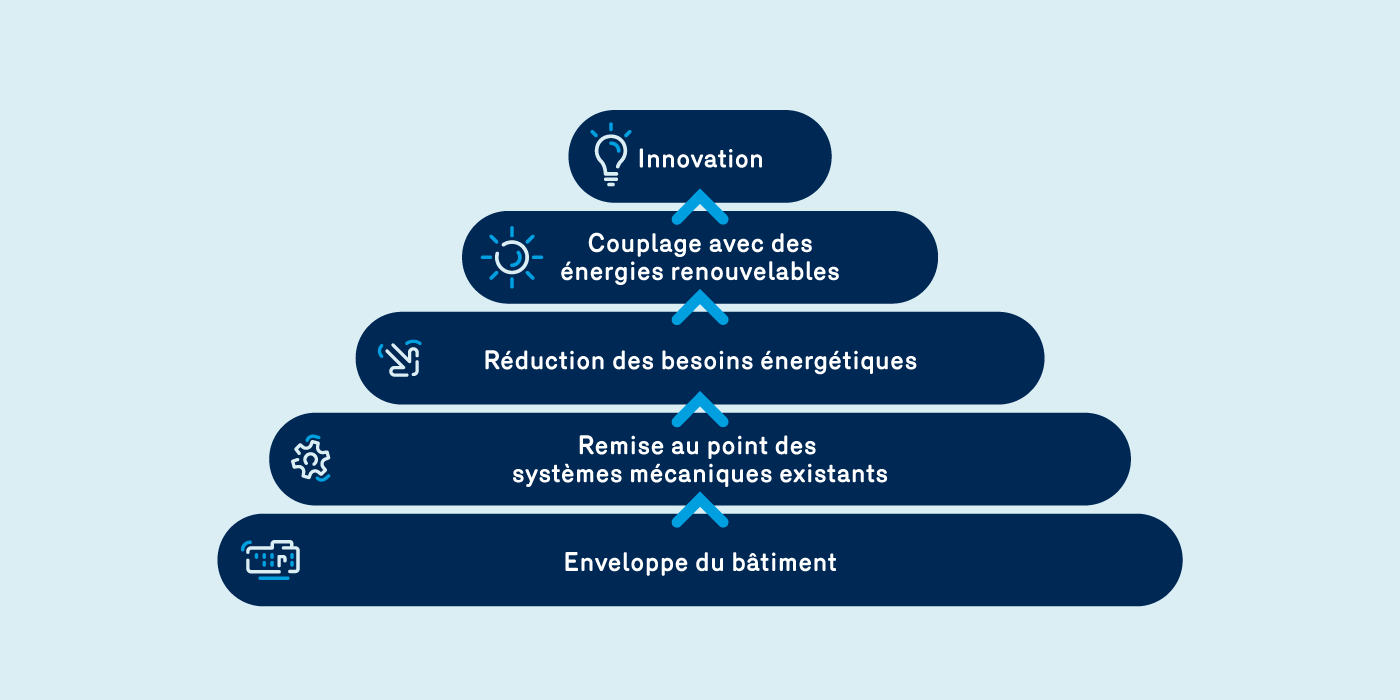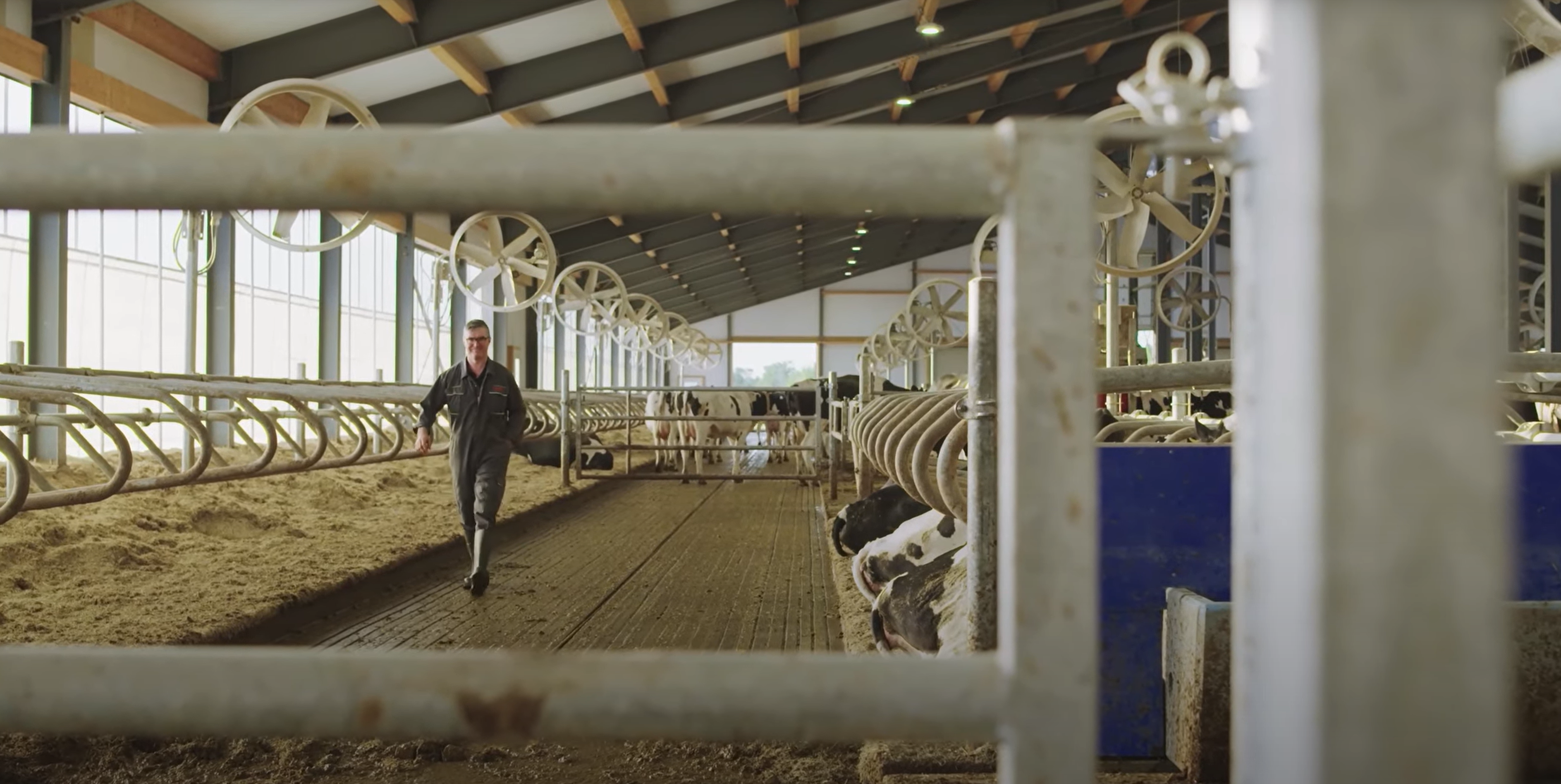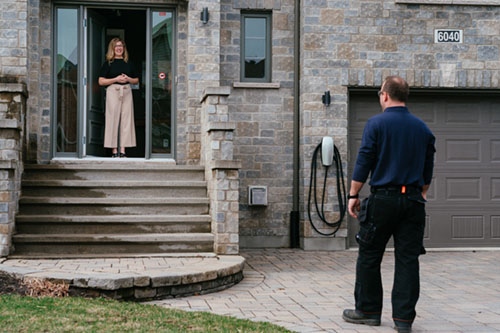
Three Inspirational and Innovative Energy Projects

All over the world, people are rethinking how energy is produced and used so as to optimize the benefits for the planet. In Sweden, France and Canada, municipalities are innovating to help the fight against climate change and support the energy transition. Take a look at these three examples:
Biogas in Linköping, Sweden
Svensk Biogas has developed an innovative method for manufacturing renewable fuel from waste materials. Waste generated at the city’s abattoir, organic matter from the municipal collection, and sewage sludge are all transformed into biogas in digesters. This locally produced biogas then supplies 100% of the city’s urban transport, in addition to the Amanda train that runs between Linköping and Västervik.
Linköping has managed to reduce its CO2 emissions by more than 9,000 tonnes per year. Biogas now replaces 5.5 million litres of gasoline and diesel fuel annually. What’s more, the residues generated by the biogas can be used to replace artificial fertilizers. Talk about a win-win!
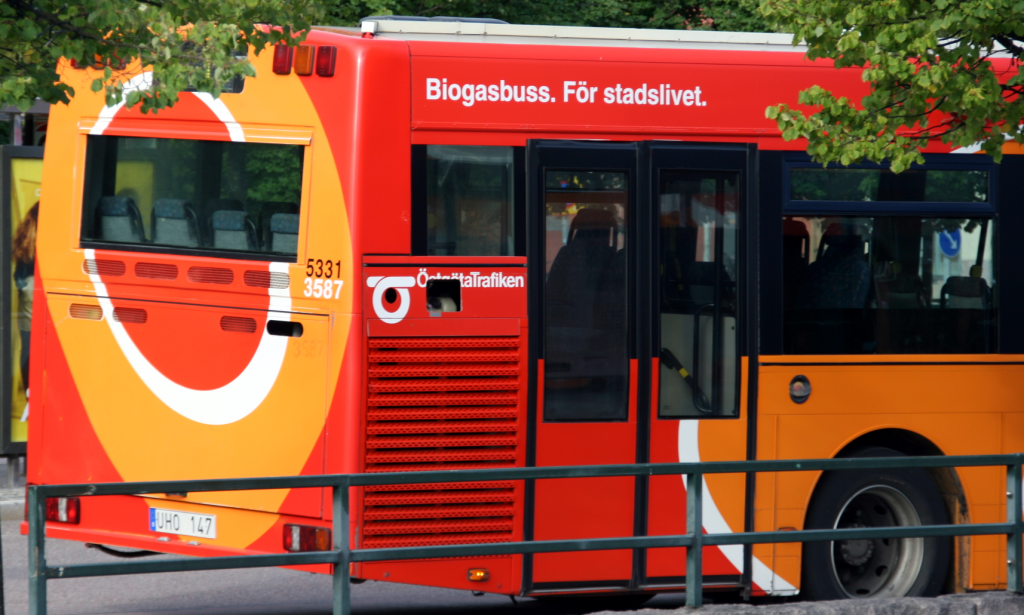
District energy in Richmond, British Columbia
The City of Richmond literally broke new ground with two innovative energy loop projects:
- Alexandra District Energy Utility: This project extracts energy from the ground using geothermal technology to heat and cool buildings—a technology that earned them an award from the Association of Energy Engineers in 2018.
- District Energy in City Centre (Oval Village area): This project captures heat generated by the city’s sewage system to improve the energy efficiency of buildings; since these buildings are heated using recovered heat, they consume less energy! Buildings connected to the loop emit 80% less GHGs than buildings that are not.
Now, Richmond benefits from energy flexibility thanks to the multitude of energy sources that can supply its neighbourhoods.
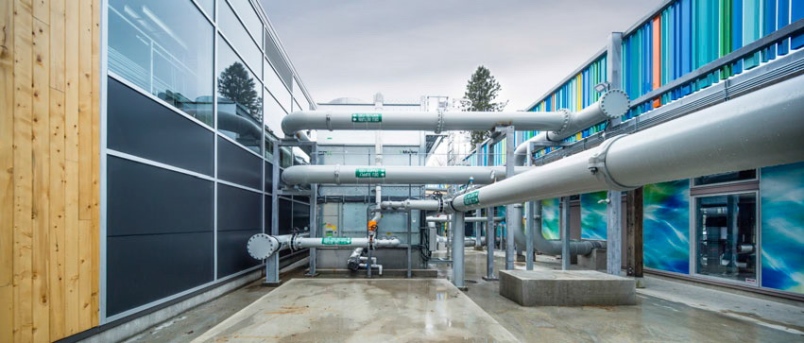
Power-to-gas (P2G) in Cappelle-la-Grande, France
When we talk about power-to-gas, we’re talking about converting surplus electricity into hydrogen by electrolysis of water. This process stores the hydrogen produced and, by coupling it with carbon dioxide (CO2), converts it into methane, the main component of natural gas. This promising innovation makes it possible to develop and store energy. There are two uses currently being tested:
- A new neighbourhood in Cappelle-la-Grande with approximately 200 housing units that will be supplied with a mixture of hydrogen and natural gas.
- About fifty natural gas buses that will be adapted to run on a fuel combining hydrogen and natural gas (also called hythane, for hydrogen and methane).
This project would reduce GHG emissions, improve air quality and develop the local and regional economy. A boon for both the environment and the community!
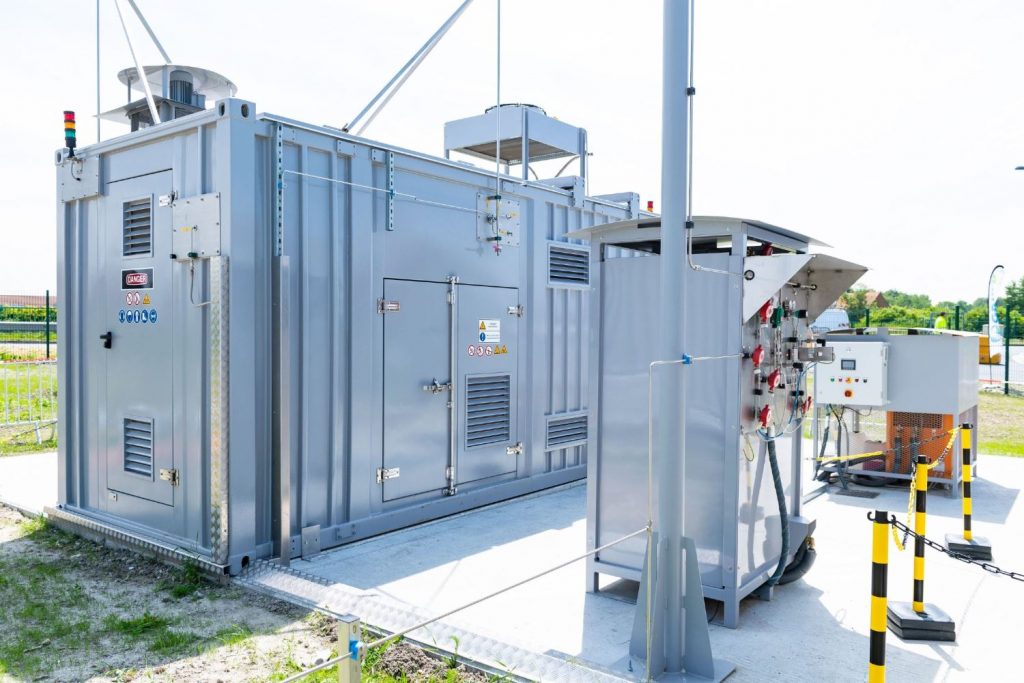
Municipal initiatives around the world demonstrate innovative diversity in the fight against climate change. These innovations all share a common thread: to fully benefit from the advantages specific to its use, each source of energy needs to be exploited. There is no one solution to tip the scales; balance is key!
You may also like...

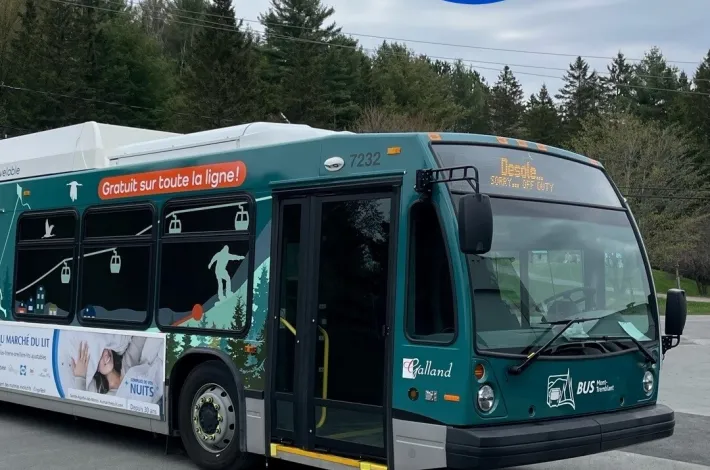
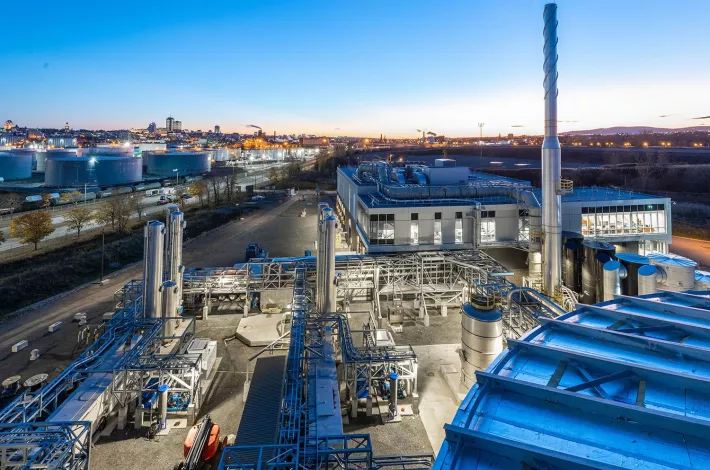
Energy, Sustainable development
Énergir and Quebec City, united for waste recovery